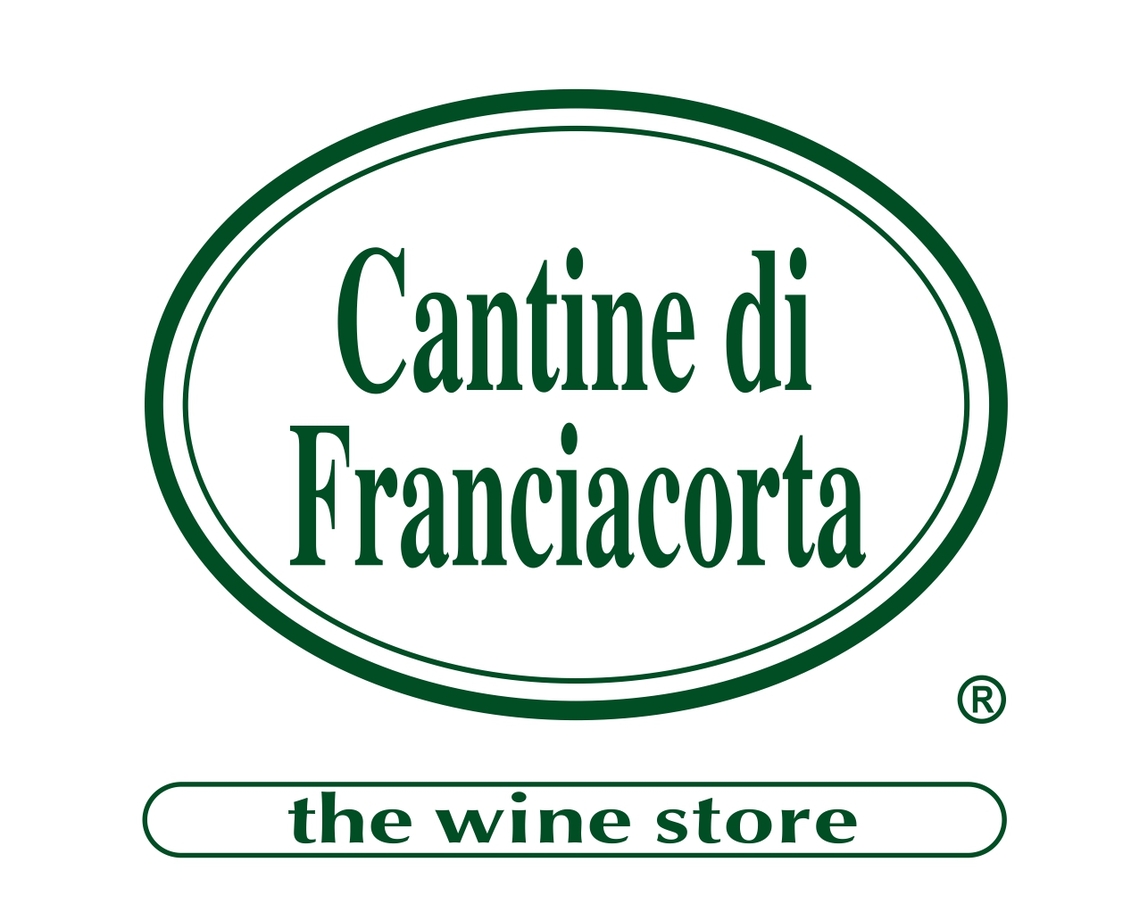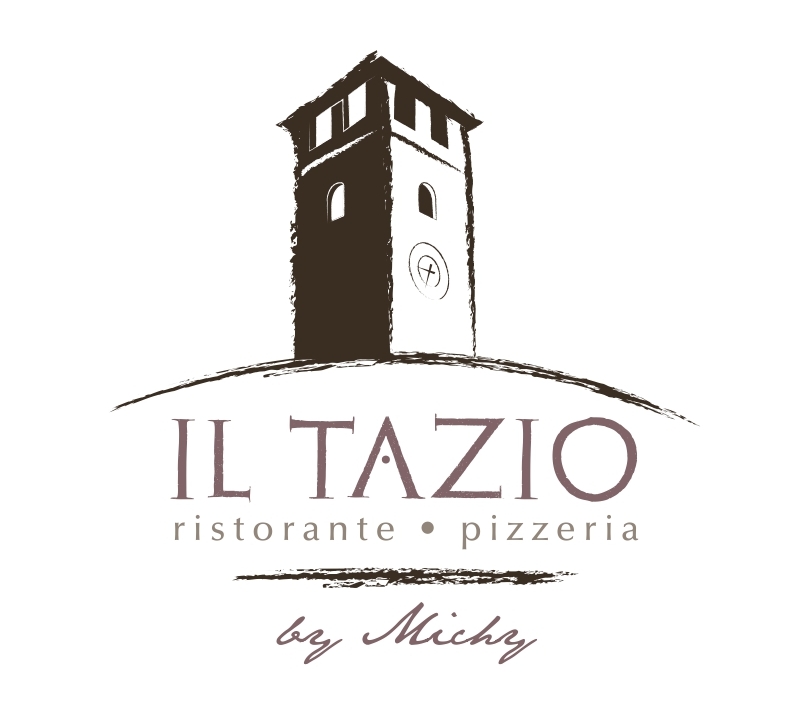Mural painting in Tavernola Bergamasca
Tavernola preserves a fair quality series of mural paintings in the village churches and façades.
The landslide that hit the lakeshore of Tavernola in 1906 spared besides the dwellings on the hillside, the dwellings that rise south of the town, along the provincial road. The façade of the building which currently houses the post office is characterised by fragments of Renaissance frescoes. The building underwent various modifications that completely changed the original layout; the French windows with small Sarnico stone balcony characterised by 17th-18th Century lines, which partially destroyed the pictorial decoration, can be observed
Today, an Annunciation and St. Anthony the Abbot are still preserved.
The angel depicted in the fresco of the Annunciation at the top was lost, only the lily, part of the face and one hand remain; the throne and a portion of the Virgin’s body are also missing. God the Father is depicted in the sky above, carried on a cloud of cherubs and preceded by three angels, while he sends the dove to the Holy Spirit.
These were the decades between the 15th and 16th Century when fine artists who working in the Church of San Pietro (St. Peter), then the parish church, perhaps also painted the civil residences of Tavernola. A comparison can be proposed with the artist who frescoed the Christ Pantocrator with Evangelists’ symbols in St. Peter’s: it is possible to compare the painting technique of the Virgin’s face in the external fresco with the painting technique of the angels in St. Peter’s, as well as the design of the angels’ wings in both works. However, despite similar elements, the external frescoes appear to be of lower quality, perhaps realised by workshop painters. The coat-of-arms of the family that commissioned the work is depicted inside a round garland, between the announcing angel and the Virgin’s lectern, with some perspective elements. The medieval heraldic shield depicts the eagle in the upper half and a white oblique band on a red background in the lower half. A similar insignia, however with more bands and inside a Renaissance, horse-head shaped shield is reproduced at the top of the fresco of the Madonna and Child on a throne in the church of St. Peter’s, commissioned by the Foresti family in 1497.
Many portions of Sant’Antonio abate (St. Anthony the Abbot) are missing. The saint, depicted from the front while blessing, is located inside a portico still featuring the bottom sections of the pillars on the right and the top portion of the arch. The work is of average quality: it is possible to observe the details of the creases of the ochre yellow cloak and the features of the Gothic pastoral, from which the bell attributed to the saint is hanging.
The first chapel on the right of the parish church of Santa Maria Maddalena (St. Mary Magdalene) preserves a 15th Century fresco depicting the Madonna and Child on a throne. Only the central portion is preserved of the original image, recessed in the wall and embellished with a gilded plaster halo and frame over the centuries. The work, touched up over time, is perhaps comparable to some frescos by artists from Clusone in terms of the fairly marked strokes of the face. The image is influenced by the late-Gothic culture, in particular for the austerity of the Madonna and depiction of the drape which is reduced to its essential elements today, deprived of the fine dry adornments.
A 15th Century mural painting – the Madonna and Child among St. Anthony the Abbot and St. Stephen – is a cult image of the small Santuario della Madonna (Shrine of the Virgin) in Cortinica: enclosed within a sumptuous baroque wooden frame, it cannot be evaluated today due to the many renovations works over time.
The shrine of Cortinica deserves a visit also for the mural paintings on the façade realised in the 20th Century, as they document a period of the social life of the Tavernola community. Various episodes of the last century are depicted: the Landslide of 1906; the Flooding of 1950 (by Vittorio Manini, 1955); the Madonna watching over Tavernola (Luigi Arzuffi, 1982). The paintings of the Via Crucis (The way of the cross) of the shrine set of steps are the work of Giuseppe Grimani of Castro dated 1948-1949.
Federico Troletti
For more information:
ARENA R., Tavernola nel presente e nella storia, Tavernola Bergamasca (Bg) 1994.
PASINELLI B., Tavernola e contrade, Tavernola Bergamasca (Bg) 2007, pp. 116-124.














